
‘Children freely working and making their own choices, that then allows them to work and develop how they need’ – Dr Michelle Wisbey, Headteacher of Westwood Montessori School.
When we first met the team at Westwood Montessori school in 2018, we were so excited to learn all about Montessori learning in the early years of education. We recently caught up with Head Teacher Michelle Wisbey and Teacher Liz Barclay to find out more about Montessori play and learning in school and at home – here’s what we found out…
What is Montessori learning?
Essentially, Montessori uses a skills-based approach to learning, in that children can make their own choices by choosing the learning activities they need, how they need to work, and how they want to play. The philosophy is to let your child pave the way and learn from your child.
What is the importance of the Montessori approach?
This approach to learning helps foster intrinsic motivation in the child. This is when inspiration comes from within the child themselves, rather than being driven to play or do specific tasks from extrinsic factors outside of themselves—for example, completing an activity because they enjoy it or want to learn more, rather than to get praise from an adult.

Key Elements of Montessori Learning:
1. Children Lead the Way
The Montessori approach centres on the idea that children should be in charge of their learning. This approach allows children to explore and discover through hands-on learning and self-directed activity.
Children will instinctively know how they would like to learn and develop; every child develops differently in their unique way.
As adult role models, we must provide a safe environment and freedom for children to explore and ask questions.
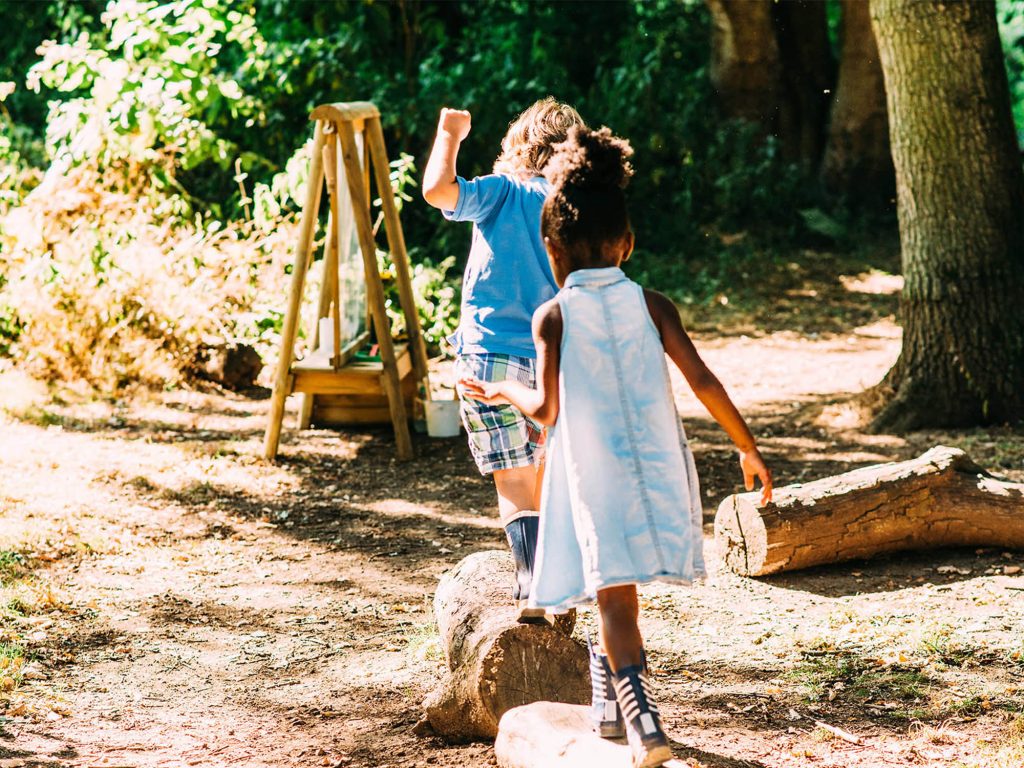
2. An Accessible Environment
When speaking to Liz Barclay, a teacher from Westwood Montessori School, she explained how Montessori encourages everything to be accessible to children so they can reach and explore independently without always needing to ask an adult.
Ensure that toy boxes are at your child’s level so they can reach for the things they would like and learn to help put things away after playtime.
Having Montessori furniture can help make the environment accessible to little ones. This doesn’t need to be specialist Montessori infant furniture. Simply child-size furniture, like chairs and picnic tables, helps encourage independence and makes the environment accessible to your little one as the furniture is low enough to the ground so that they can go and sit and move it by themselves without needing to ask a grown-up.
Ideally, they should be able to reach as many things as possible within their environment, from chairs to cutlery and wardrobes to wax crayons, so that they can get involved in daily life and develop independence and self-resilience.

3. Mixed Age Groups
Children can learn from those older and help teach those younger. Montessori highlights the importance of learning from others and helping others. When playing with other children, especially children of various ages, little ones can learn to share, take turns, and teach and support others.
Going out for a walk to the local park so your little one can interact with other children or inviting your child’s friends and family over to play on your garden playcentre is a great way to encourage this at home.
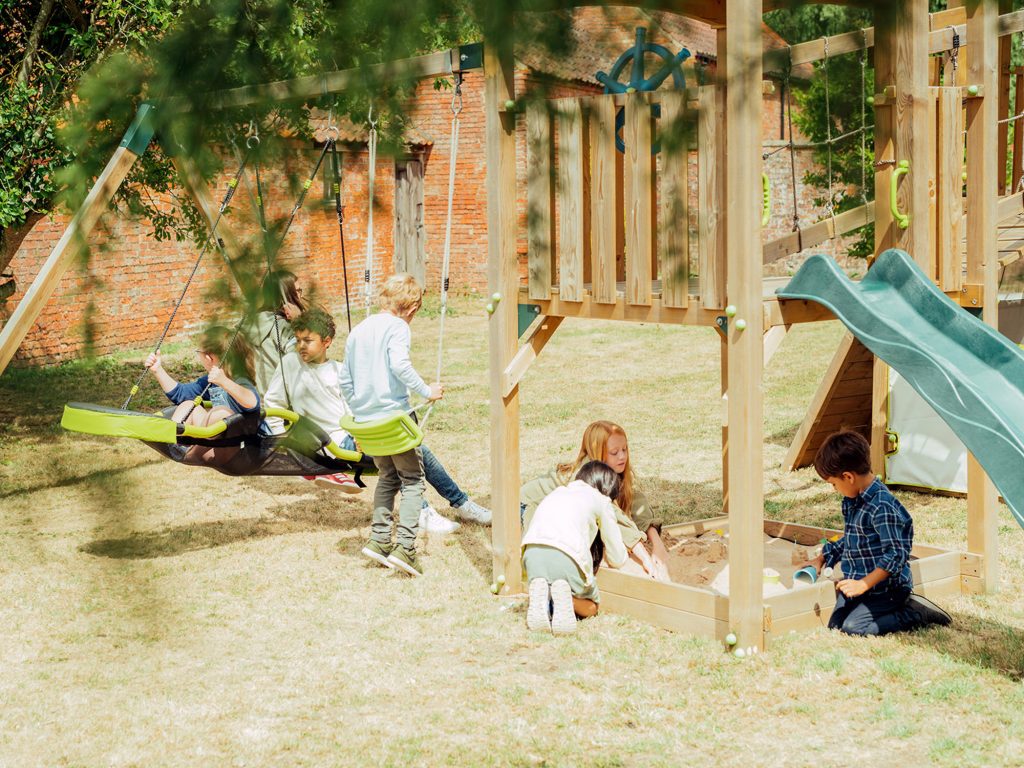
4. Encourage Your Child to Try Things for Themselves
Help them to help themselves. Encourage children to try things hands-on and give them the freedom to explore and test things out.
Liz, from Westwood Montessori, explained how important it is for adults to encourage and praise the whole process when children try things, not just praise them for the end result. This enables children to persevere and be more willing to try something again in the future.
Let your child be independent and responsible. Trust that they will try and work things out for themselves but be there to support and answer questions if they need a helping hand.
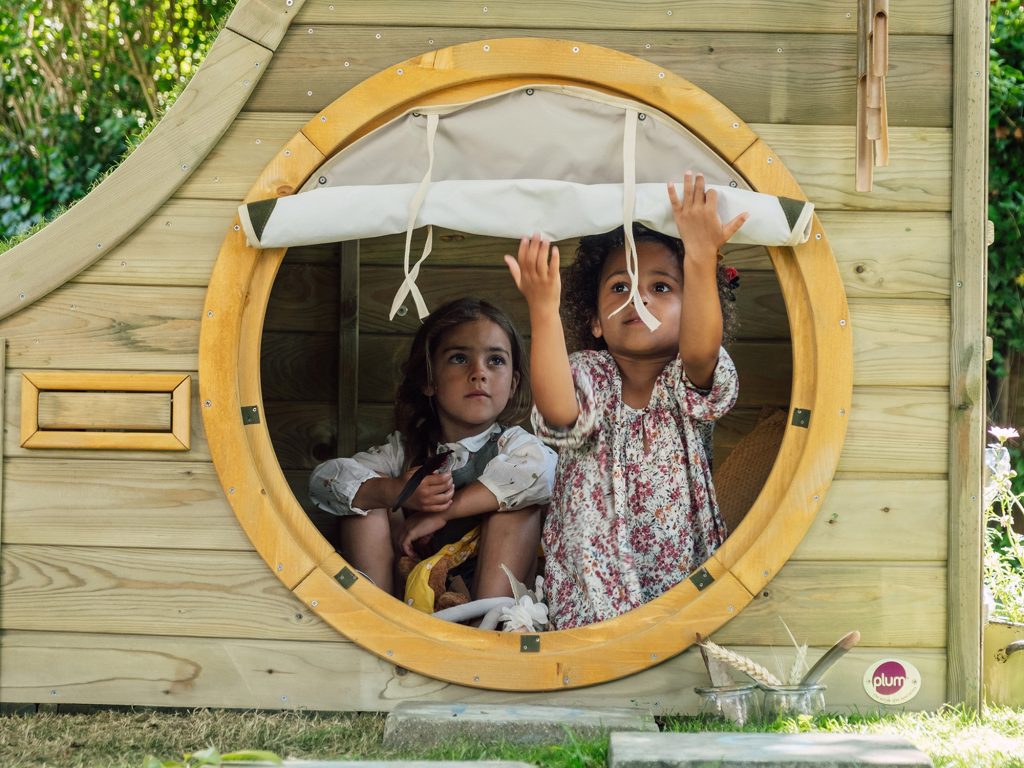
5. Care For Themselves, Others and The Environment
Montessori learning values teaching children how to care for themselves, be kind to others and nurture plants and animals in their environment.
For example, food preparation helps them develop cooking, literacy and numeracy skills.
Growing vegetables or caring for a pet teaches them how to nurture and be compassionate and kind to animals and encourages love and respect for nature.
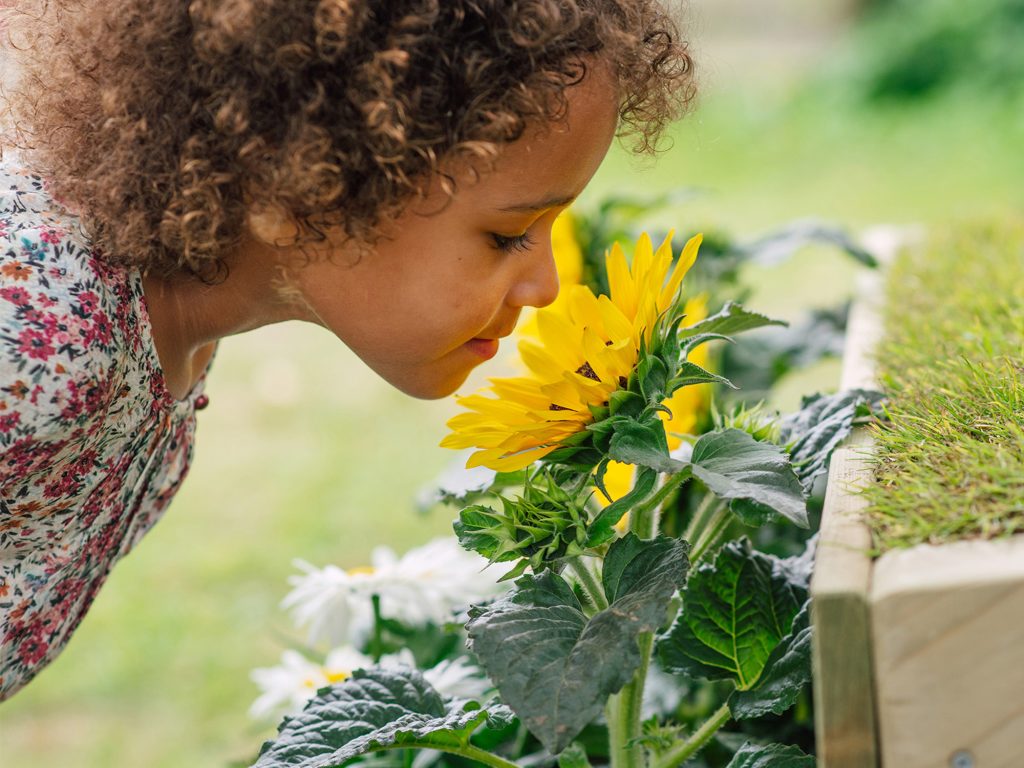
6. Encourage Creativity and Imagination
Allow little ones to be creative and use their imagination. Encourage wonder and expression through arts and crafts, music, dancing, language and questioning.
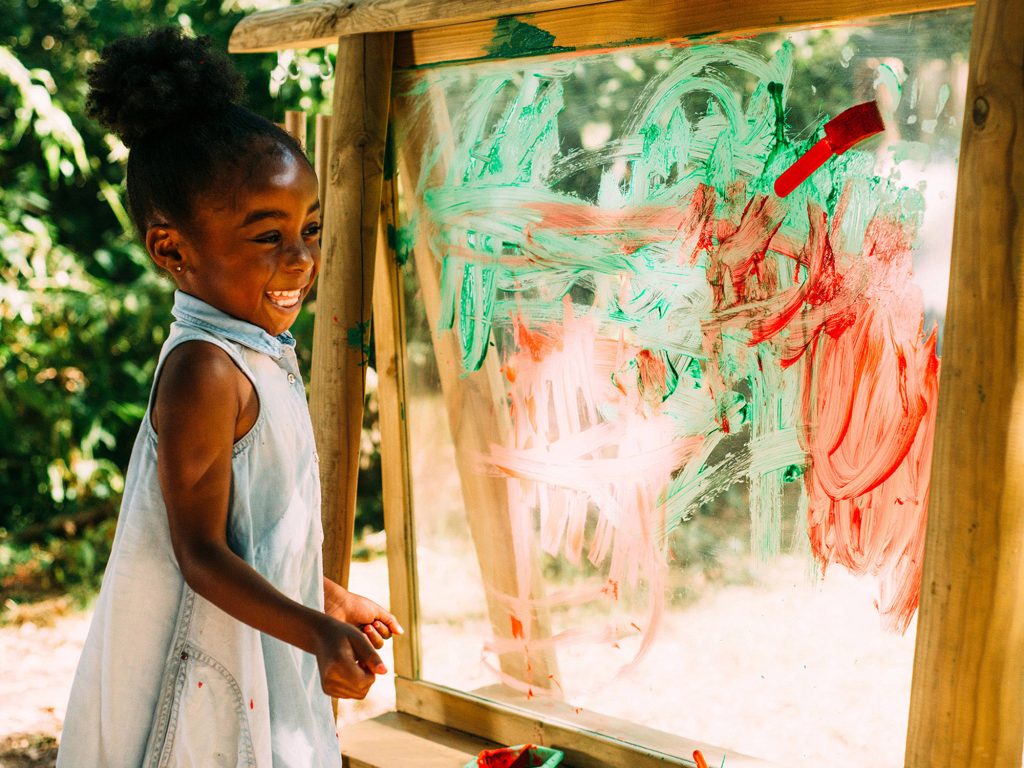
Thank you for reading part one of our Montessori blog with Westwood Montessori, looking at the key elements of Montessori learning.
Look out for the next blog post, where we’ll delve deeper into the skills Montessori can help your child develop. We’ll also give you some ideas on incorporating Montessori ideas at home and some fun activities you can try with your little one.
Find out more about Westwood Montessori and the Montessori method here.
